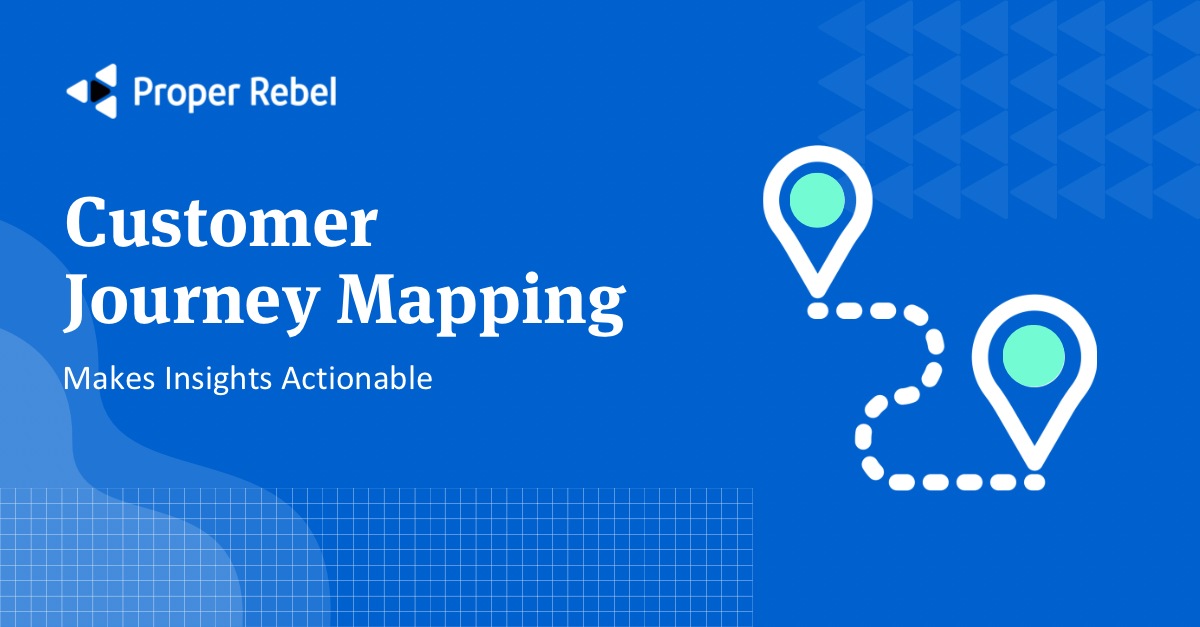
In our years in marketing, we have seen a lot of money invested in market research on all sorts of topics. In big companies, it results in a long meeting with 100 plus slides, resulting in a couple of interesting aha’s, after which everyone likely goes back to business as usual. In start-ups, it might provide insights that cause a 180-degree change of direction, or perhaps again we go back to the current path.
In a quest to make research actionable and to provide a roadmap for many of the strategic decisions that need to be made, we turn to the Customer Experience and Journey Maps.
The Experience Map is a tool for understanding the customer’s process and pains before using your product and how it can change afterwards. This experience map highlights customer pains and gains that can be used for many things, including:
- Prioritizing product development on aspects that are most valuable to customers
- Understanding key messages to focus on
- Building personas
Using similar methodology, you can also map out the Customer Journey, which highlights the process of discovery, evaluation, purchase and usage of your product. In both cases, we study the customer to gain insights and then map the highs and lows of the process. The map will include important milestones along with observations about how that milestone should be leveraged or navigated.
Finally, you will want to note the metrics that can be used to measure each stage of the process and suggest tests for making improvements.
Example of a simple journey map:
One of the start-ups in our training class mapped the customer experience and realized that they were focusing their product development evenly along the timeline of the customer’s process, providing some relief of pain at each stage, but not fully solving anyone pain point. This gave them a lot of insight into why they weren’t converting trials into paid users. They instead focused on fully solving one of the early pain points, and by doing so were able to convert their first set of paying customers.
Another start-up realized that they had a major problem with their conversion funnel. They had a usability problem at one point in their adoption process which caused a great many customers to just give up. When they understood this from observing customers and mapping out a better method, they saw their conversion numbers improve dramatically.
We encourage our students and clients to do the customer insight gathering and organize their findings into these process maps so that they can leverage it to make their products stronger, their processes smoother, and their messaging more impactful.
Share this Post